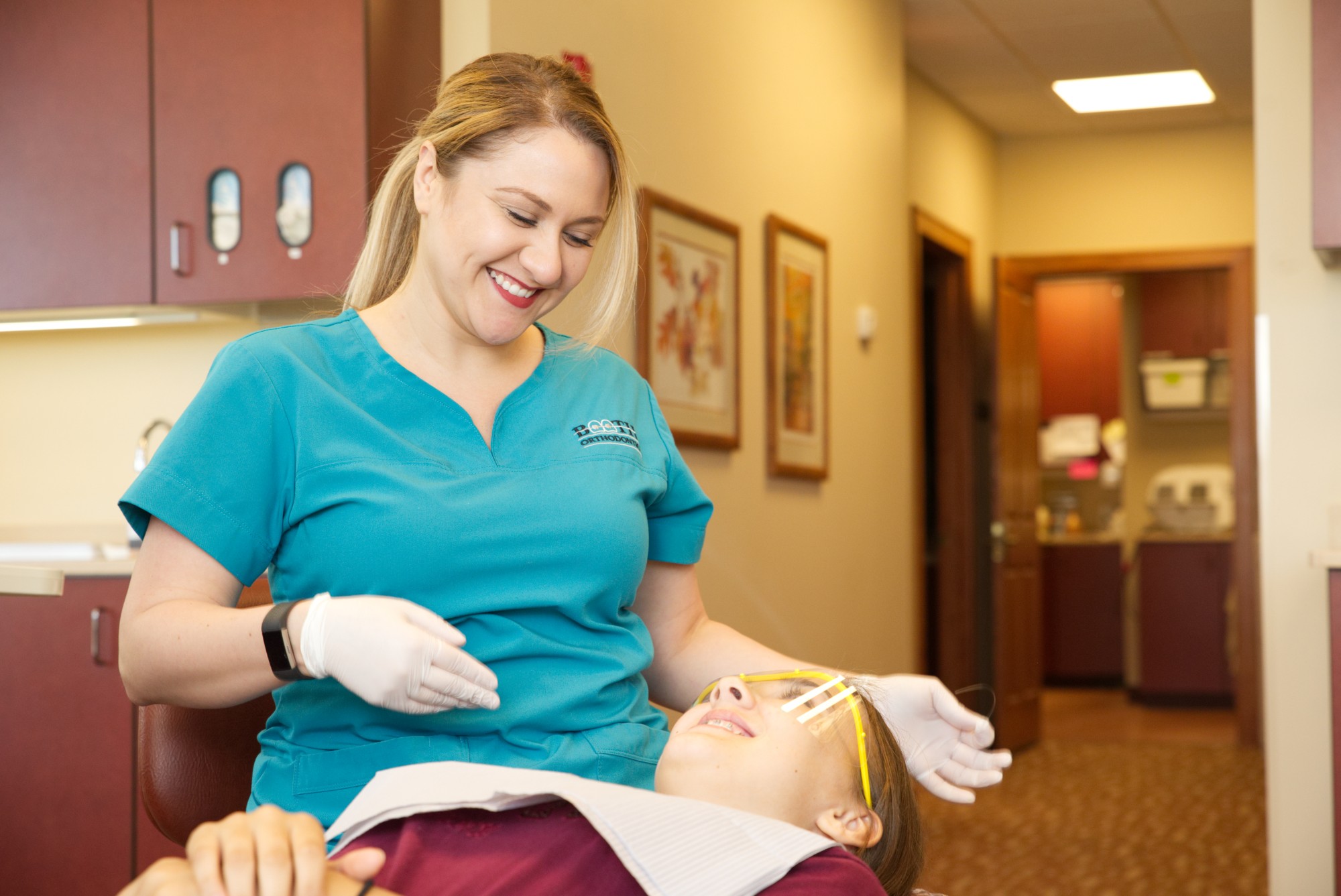Orthognathic Surgery
In many cases, problems with the bite or the alignment of the teeth can be corrected using today's advanced dental and orthodontic treatments.
When Traditional Treatments Won't Work
Sometimes skeletal and dental irregularities aren't so easy to address with orthodontic treatments, even with cutting-edge non-surgical techniques. That's when we may recommend corrective jaw surgery (also called orthognathic surgery).

Not As Serious As It Sounds
While it may sound intense treatment, jaw surgery isn't always so serious. We can use it to remedy severe orthodontic problems involving the relationship between the teeth and jaws, including the correction of underbites and congenital abnormalities (birth defects) related to jaw development. It can even help alleviate sleep apnea, a potentially life-threatening condition.
How Jaw Surgery Is Performed
Orthognathic surgery is always performed by an oral and maxillofacial surgeon, who spends four years in a hospital-based residency program after completing the standard four years of dental school.
Surgeons train alongside other medical and surgical residents in areas like emergency medicine, general surgery, and anesthesiology are the only medical practitioners besides anesthesiologists who can administer all levels of sedation and general anesthesia.

Who Can Benefit From Jaw (Orthognathic) Surgery
People who have problems related to the jaws, tooth alignment and facial asymmetries, which create difficulties chewing, talking, sleeping, or carrying on routine activities, may benefit from having orthognathic (jaw) surgery. These procedures can also be used to correct aesthetic issues, such as a protruding jaw, a congenital defect, or an unbalanced facial appearance.
After a thorough examination at our office and a consultation with an oral and maxillofacial surgeon— we can let you know if you're a candidate for orthognathic surgery.
In general, if orthodontic treatment can solve the problem, that's where you will start. Yet, while orthodontics can successfully align the teeth, it's sometimes the jaws themselves that need to be brought into line. In most cases, orthodontic appliances, such as braces and retainers, will be used before and after the surgical phase of treatment, to ensure that you end up with an effective — and aesthetically pleasing — result.
There are many conditions that can be successfully treated with corrective orthognathic surgery, including:
- Open bite, protruding jaw or receding chin
- Congenital defects such as a cleft palate
- Malocclusions (bite problems) resulting from underbites or severe overjets
- Obstructive Sleep Apnea, when more conservative methods fail
- Chronic jaw or jaw joint (TMJ) pain and headache
- Unbalanced facial appearance from the front or side
- Inability to make the lips meet without straining
- Facial trauma
The Surgical Procedure
While every patient's needs are different, it's possible to outline some typical steps in the process. The first component is consultation and planning among members of the dental team, including the restorative or general dentist, the orthodontist, and the oral surgeon. The overall plan we recommend for you may involve orthodontic treatments along with surgical procedures.
Using diagnostic images, 3-D models and advanced software, we will develop a step-by-step plan for the entire process. It's even possible in many cases to show you a picture of what you'll look like when your treatment is finished.
The surgery itself may occur at the hospital or at our office, with the type of anesthesia that's most appropriate for the procedure, and for your comfort. Because the actual surgery is generally performed inside the mouth, it often leaves no visible traces.
After the procedure, minor pain and swelling can be controlled by over-the-counter or prescription pain medication. A soft or liquid diet may be recommended for a period of time following the procedure.
Following surgery, we will closely monitor your condition and help you through each phase of the treatment plan.
When it's complete, you can enjoy the benefits of improved functionality and an enhanced appearance; we think you'll also find it creates positive changes in many areas of your life.